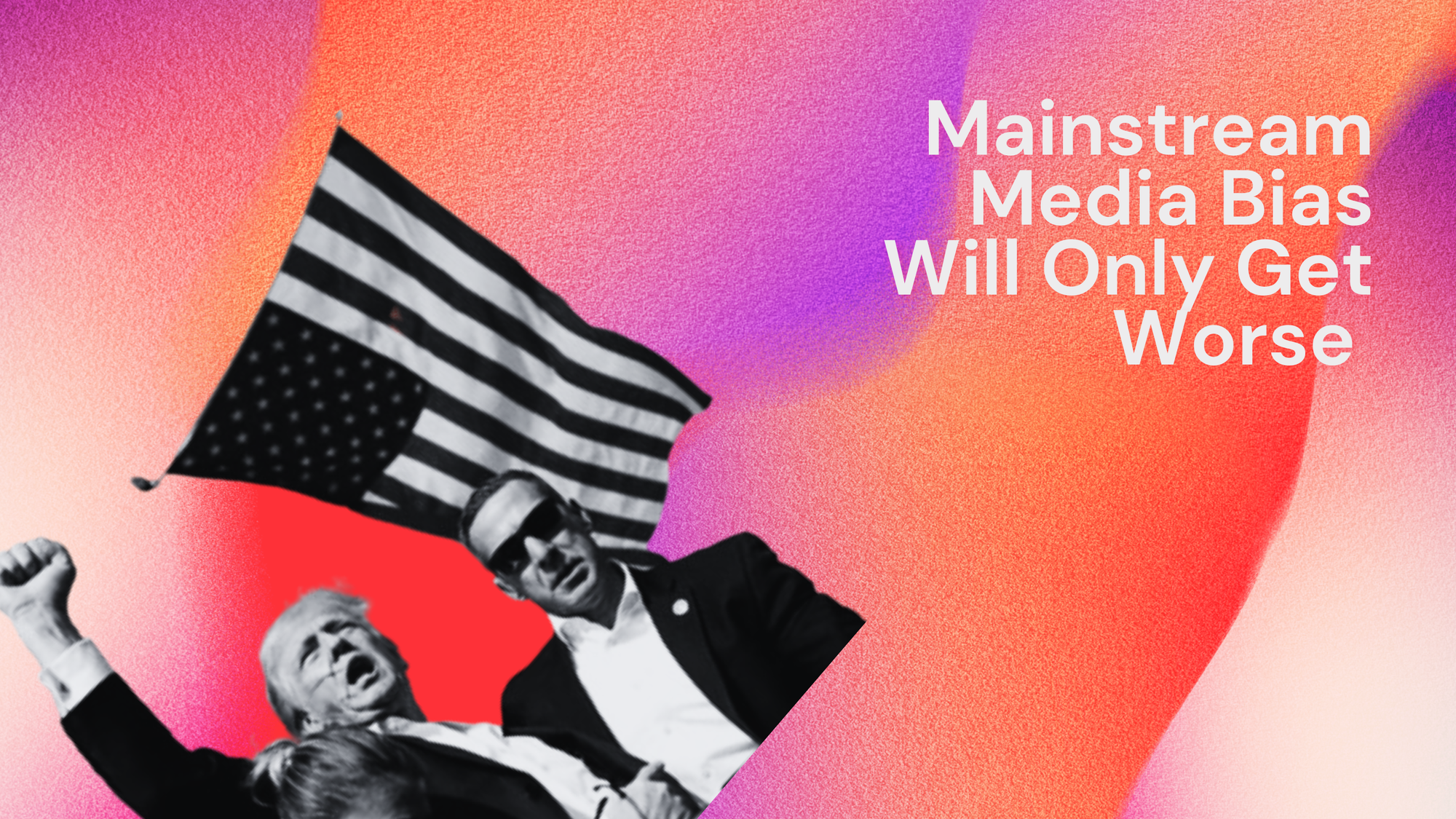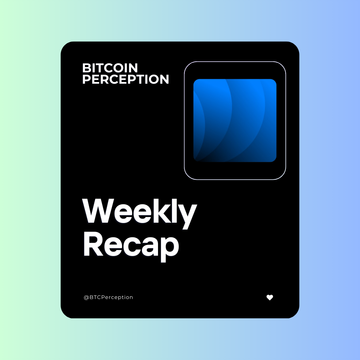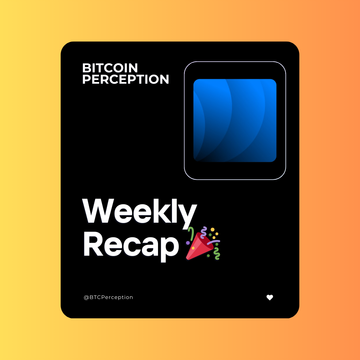I logged back on to social media after a week offline in the countryside, only to see my timeline filled with news of an assassination attempt on Trump.
My first thought, after noting my impeccable timing, was: “Let me see how CNN frames this.”
And lo and behold: The first thing they wrote was that “Trump was rushed off stage after falling at his rally”.
You may have had a similar thought process like mine, and if you did, you’ll probably agree that the media landscape has changed.
A lot.
Influenced by the political leanings of its workforce, the rise of cancel culture, and the need to make money, this shift has majorly impacted how tech and Bitcoin (and pretty much everything else) are viewed.
So what's going on here?
Let's dive into what's shaping today's media.
NO MONOLITHIC MEDIA ELITE
First off, let’s make one thing clear: There's no secret group of media elites calling the shots.
The idea of a capital "M" Media controlling everything is simply not true.
It’s a myth.
What's really happening is that many journalists come from elite schools like Columbia, Harvard, or Penn. This trend has brought a liberal bias to the media, not because of a grand conspiracy, but because of the backgrounds and views of those creating the news.
This liberal slant has particularly affected coverage of tech and Bitcoin, making left-leaning media outlets essentially anti-tech.
Generally, liberals have been wary of rapid tech advancements and the decentralized nature of Bitcoin, seeing them as threats to regulations and traditional financial systems.
THE RISE OF CANCEL CULTURE
Another factor is that the last decade has seen cancel culture take off, where people or companies face public shaming for controversial opinions or actions.
This has also influenced media companies in a major way, making journalists feel they need to align their reporting with prevailing attitudes to avoid backlash.
As a result, media companies have let their employees' political biases shape the content more than they used to.
Now, you may think this is different from the MSM of previous decades, thinking they aimed to be more balanced and less politically charged.
Sure, political bias has often overshadowed factual reporting, especially in hot-button areas like tech and Bitcoin, but this is nothing new.
CHASING TRUTH VS. MAKING MONEY
At the core of media operations is the struggle between finding the truth and making money.
These companies make money in two ways: advertising, which connects potential buyers with sellers, and subscriptions, which include consumer subscriptions (like your $10/month news subscription) and enterprise subscriptions (like buying a Bloomberg terminal).
If you look back over the last 15 years, the era of mass consumer publications is over. Today, the media is thriving at two ends of the spectrum.
The New York Times, for example, is doing phenomenally well. People might not realize that the New York Times is really a product company at this point, with 30-40% of their business coming from games and cooking, and another big chunk from their subscriptions.
The point is; while journalism ideally seeks to uncover and report the truth, economic realities dictate otherwise.
Media companies need to engage their audience and make money in different ways, so they cater to what their audience wants, sNavigating media bias is important in a digital age when that bias is becoming more pronounced.ometimes sacrificing objective truth, sometimes sacrificing actual journalistic work in favor of whatever brings in revenue.
This explains why media outlets tailor their content to their audience's preferences.
Editorial decisions about what stories to highlight and how to frame issues are driven by what will attract readers and viewers to not only the story itself but the multimedia ecosystem an outlet wants to offer to remain relevant and economically viable.
A HISTORICAL PERSPECTIVE ON MEDIA BIAS
But while these different revenue streams are new approaches to media, bias itself is not.
During the American Civil War, newspapers openly supported specific political factions. (Google “Copperhead Democrats” to get an idea of one of three different media outlets all picking a side.)
Today's media works exactly the same way, only with modern complexities.
Digital platforms and algorithms that curate content based on user preferences have intensified echo chambers, where people mostly see information that supports their existing beliefs.
This echo chamber effect worsens media bias, as outlets produce content that aligns with their audience's views to keep them engaged.
For tech and Bitcoin, this means negative narratives will stick, making it tough to fight the biases.
BITCOIN IS NOT FOR EVERYONE
In an opinion piece from last year, I wrote about how Bitcoin is not for everyone, meaning that one has to look at specific groups. The Bitcoin and wider tech industry need to understand and navigate this landscape.
Because having a bent towards certain topics is fine—it's part of the media. The problem happens when that bias leads to writing things that aren't factual.
And that is the reason why people have grown to dislike the mainstream media as a whole—not because it has a bias, but because that bias often overpowers factual reporting. This is a relatively new phenomenon.
And from the look of it, it might continue, or media organizations might realize that if they keep doing this, they'll lose their audience's trust.
Or maybe the lesson is the inverse: If you go too neutral, your audience might also react negatively, trying to cancel you or pull their contracts.
Most media organizations, whether it's CNN, the New York Times, or Fox News, know what their audience wants to hear. The only time they face a revolt is when they present the opposite narrative.
So curate your content consumption carefully.
Because I know the world is scary right now, but it’s gonna get way worse.







